Barnett Newman and Heideggerian Philosophy
Barnett Newman and Heideggerian Philosophy
Claude Cernuschi
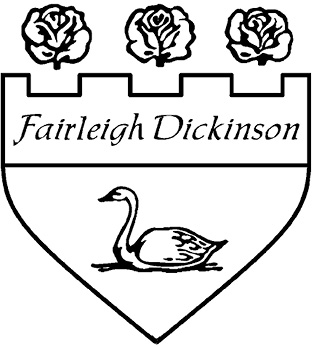
FAIRLEIGH DICKINSON UNIVERSITY PRESS
Madison Teaneck
Published by Fairleigh Dickinson University Press
Co-published with The Rowman & Littlefield Publishing Group, Inc.
4501 Forbes Boulevard, Suite 200, Lanham, Maryland 20706
www.rowmanlittlefield.com
10 Thornbury Road, Plymouth PL6 7PP, United Kingdom
Copyright 2012 by Claude Cernuschi
All rights reserved. No part of this book may be reproduced in any form or by any electronic or mechanical means, including information storage and retrieval systems, without written permission from the publisher, except by a reviewer who may quote passages in a review.
British Library Cataloguing in Publication Information Available
Library of Congress Cataloging-in-Publication Data
Cernuschi, Claude, 1961
Barnett Newman and Heideggerian philosophy / Claude Cernuschi.
pages cm
Includes bibliographical references and index.
ISBN 978-1-61147-519-7 (cloth : alk. paper) ISBN 978-1-61147-520-3 (electronic)
1. Newman, Barnett, 19051970Aesthetics. 2. Newman, Barnett, 19051970Criticism and interpretation. 3. Heidegger, Martin, 18891976Influence. I. Title.
ND237.N475C47 2012
759.13dc23 2011049673
 The paper used in this publication meets the minimum requirements of American National Standard for Information SciencesPermanence of Paper for Printed Library Materials, ANSI/NISO Z39.48-1992.
The paper used in this publication meets the minimum requirements of American National Standard for Information SciencesPermanence of Paper for Printed Library Materials, ANSI/NISO Z39.48-1992.
Printed in the United States of America
In memory of Stephen Forster
A man spends his whole lifetime painting one picture or working on one piece of sculpture.
Barnett Newman
Every thinker thinks only one thought.
Martin Heidegger
Preface and Acknowledgments
This book owes its origins to a specific event during my senior year at university. While teaching a seminar on religious existentialism, the instructor, Richard Sugarman, exclaimed, in the middle of one of our animated class discussions, I cant believe the greatest philosopher of the twentieth century was a Nazi! The sentence struck me like a thunderbolt. Initially, I was torn between two reactions: on one side, shame at not having read anything by the greatest philosopher of the twentieth century; on the other, perplexed by the possibility that any philosopher could have endorsed anything as horrid and reprehensible as Nazi ideology. Although I had decided upon a career in art history, philosophy always represented for me not simply a love of ideas or a quest for knowledge but, even more importantly, as its name indicates, a love of wisdom. This was a perplexing conundrum indeed. I immediately decided upon purchasing a number of Heidegger books and getting to the heart of this matter.
Busy with beginning graduate school in art history the following term, I left the Heidegger books unread. Heidegger did not seriously come upon my radar screen until about a decade later. Victor Fariass notorious book on Heidegger and Nazism had just been translated and was causing a firestorm in the United States. At this juncture, I was a junior faculty in the art and art history department at Duke University when deconstruction was all the rage. Since it was generally assumed that Heidegger was a major inspiration for Jacques Derridas philosophy, the scandal also cast a potentially dark shadow on the underlying premises of the Frenchmans thought. It did not help that, around the same time, it was revealed that Paul de Man, another major figure in the deconstructionist wave, had written collaborationist essays during the war. This was another issue well worth exploring but, in the middle of numerous commitments, I again left the Heidegger books unread.
Many years later, I came across Rdiger Safranskis intellectual biography, Martin Heidegger: Between Good and Evil , in a bookstore. Having just completed a research project, and having a little time on my hands, I decided to investigate the problem that had intrigued me since my last year of college. I was not able to answer all of my questions, but, upon reading Safranskis analysis of Heideggerrian thought, I kept being reminded of statements made by the American Abstract Expressionist artist, Barnett Newman. This was not a relationship that Newman scholars had explored in great detail, and thus offered a perfect opportunity for conducting original research. By the time I finished the book, however, I was invited to participate in another project, so Heidegger, again, would have to wait.
In the middle of this commitment, a session calling for papers at the College Art Association Conference that year caught my attention: it was chaired by Richard Shiff and Ann Temkin and devoted entirely to the work of Barnett Newman. They had organized a major retrospective exhibition of Newmans work and were taking this opportunity to evaluate the state of knowledge and generate new thoughts on the artist. Since I was in the middle of another project, for which a deadline loomed, I was hesitant about interrupting my work and investing the effort required to write a proposal on a topic on which I remained a novice. I was also unsure whether the connections I first noticed would still strike me as interesting upon reading Safranskis book a second time. I asked my wife and my mother, the two individuals upon whom I rely the most in such matters, and both advised me that it was worth putting my present project to one side and submitting a proposal to the Newman session. I reread Safranskis book, and the connections I detected with Newmans work struck me just as much upon my second reading as upon my first. I wrote my proposal, and went back to the project I interrupted. I was delighted that Richard and Ann accepted my paper, which I delivered in February 2003, and offered very positive feedback. Several months after the paper was accepted, but before the conference was to take place, Richard informed me that Newman had delivered a lecture in 1962, one of his topics being the following: Place Sein ist da-sein . One creates place. At that point, I was more convinced than ever that the Heideggerian connection was worth exploring. Had my proposal not been accepted, it goes without saying that I would probably not have taken the idea any further. I therefore express sincere gratitude to Richard Shiff and Ann Temkin for setting me on my way.
I would also like to recognize the encouragement of other scholars working in the fieldDavid Anfam, Dore Ashton, Valerie Hellstein, Ellen Landau, Joan Marter, Stephen Polcari, Irving Sandler, Michael Schreyachand the two anonymous readers chosen by Fairleigh Dickinson University Press for recommending publication and for their constructive suggestions for improving the manuscript. Isabel Stuebe was kind enough to accompany me during a pilgrimage to see the Barnett Newman retrospective at the Philadelphia Museum of art, where I benefited from her eagle eye and deep art historical insights. Jessica Langella, my research assistant, also proved invaluable in compiling and tracking down bibliographical sources. Speaking of bibliographical sources, I cannot find adequate words to thank Adeane Bregman, Bapst librarian at Boston College. Ever since I joined the faculty there, she has helped me well beyond the call of duty, and with an eagerness and enthusiasm I could scarcely match myself. For this project in particular, she has played an enormous, if not gargantuan, role, more that of a dedicated research assistant than a librarian. My research is continuously in her debt.


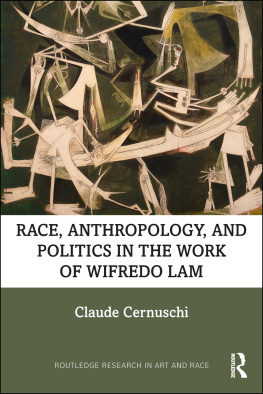
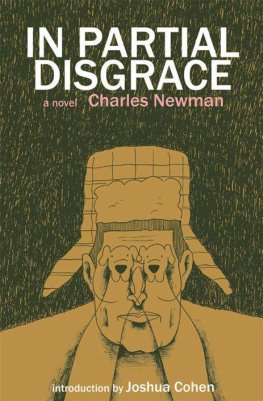




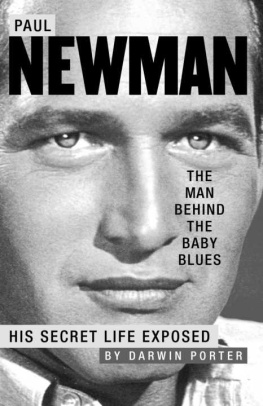

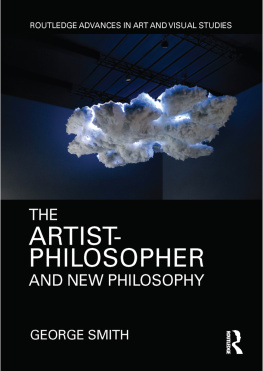

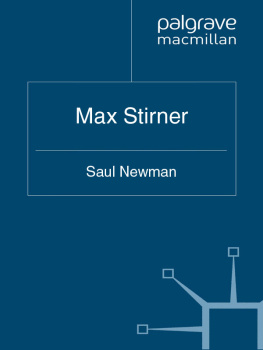
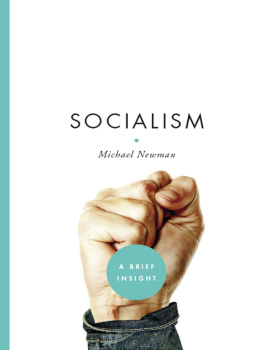

 The paper used in this publication meets the minimum requirements of American National Standard for Information SciencesPermanence of Paper for Printed Library Materials, ANSI/NISO Z39.48-1992.
The paper used in this publication meets the minimum requirements of American National Standard for Information SciencesPermanence of Paper for Printed Library Materials, ANSI/NISO Z39.48-1992.